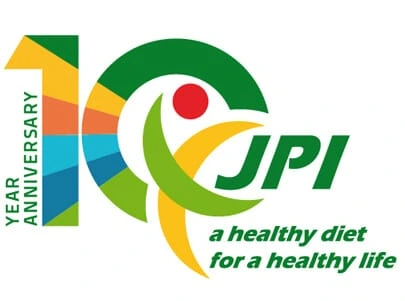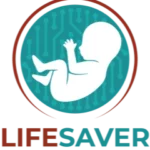4th ERA PerMed JTC about Personalized Medicine
Microfluidics in your FOOD_HYPERSENS project proposal
- Organ-on-chip systems for modelling the immune response (e.g. gut-on-chip or skin-on-chip to diagnose allergies)
- Automate and accelerate laboratory experiments through lab-on-chip set-ups
- High-throughput analysis of chemical compounds

Food hypersensitivity and microfluidics in the FOOD_HYPERSENS project call
“A healthy diet for a healthy life”: Food processing and additives are needed to improve food safety, freshness, taste, texture, or appearance. However, before they can be used, food processing techniques and additives must be checked for potential harmful effects on human health. The Joint Initiative FOOD_HYPERSENS addresses the adverse and beneficial effects of food ingredients and food processing on hypersensitivities to food.
In particular, the call aims to understand:
- the mechanisms responsible for inducing or preventing food intolerances and food allergies, both in children and adults (e.g., immunity, inflammation, nutrient metabolism, genetics, microbiota, physiology);
- how food processing and food ingredients can modulate the occurrence of food allergies/intolerances;
- the development of new approaches to food processing (e.g., novel food ingredients, novel processing methods) to decrease food intolerance/food allergy;
- the development and/or validation of diagnostics/methods to distinguish between actual and perceived food intolerances and allergies (IgE and non-IgE-mediated);
- the development and/or validation of detection methods for adverse or beneficial food components generated through food processing.
The main application for microfluidics in this call is the analysis of food additives. This can be done on models of the human digestive tract, immune system, or microbiome.
All of them can be replicated using dedicated microfluidic devices and a fine-tuned flow control system! In detail, we can help you develop:
- Very precise control of the cell microenvironment during microfluidic cell culture, for example, to test chemical compounds as food preservatives or develop novel diagnostic tools for allergies
- Very precise dosage of compounds to identify potential harmful effects on human health
- Possibility to parallelize and automate the experiments – important for high-throughput screening of food additives
Cell culture experiments using microfluidics allow the staining of different cellular compounds, monitoring of chemical compound uptake and processing, and co-culture of several cell types and bacteria with an automated medium supply.
How can the MIC help you develop your FOOD_HYPERSENS project?
The MIC can bring its expertise in microfluidic instrumentation and flow control to help you develop your research project’s microfluidic innovation! We have already participated in more than 30 European projects to help our partners develop systems suited to their projects.
More specifically, we can:
- Develop user-friendly platforms for the perfusion of your tissue model
- Build innovative instruments for sample injection
- Design the flow control solution suited for your project
- Automate your system to allow high-throughput experiments and good reproducibility
The MIC already brought its microfluidics expertise into many research projects:
H2020-NMBP-TR-IND-2020

Microfluidic platform to study the interaction of cancer cells with lymphatic tissue
H2020-LC-GD-2020-3

Toxicology assessment of pharmaceutical products on a placenta-on-chip model
